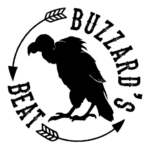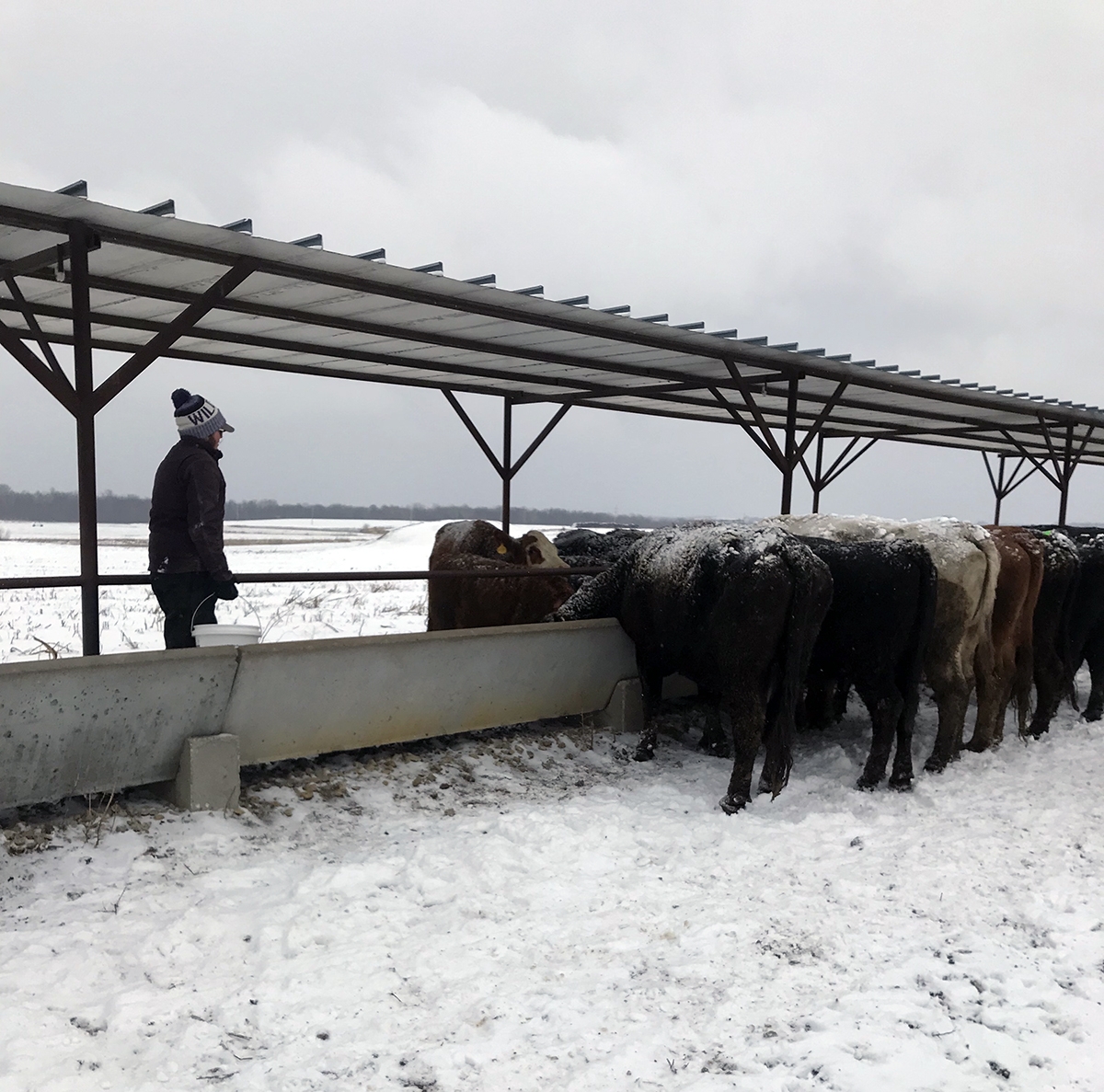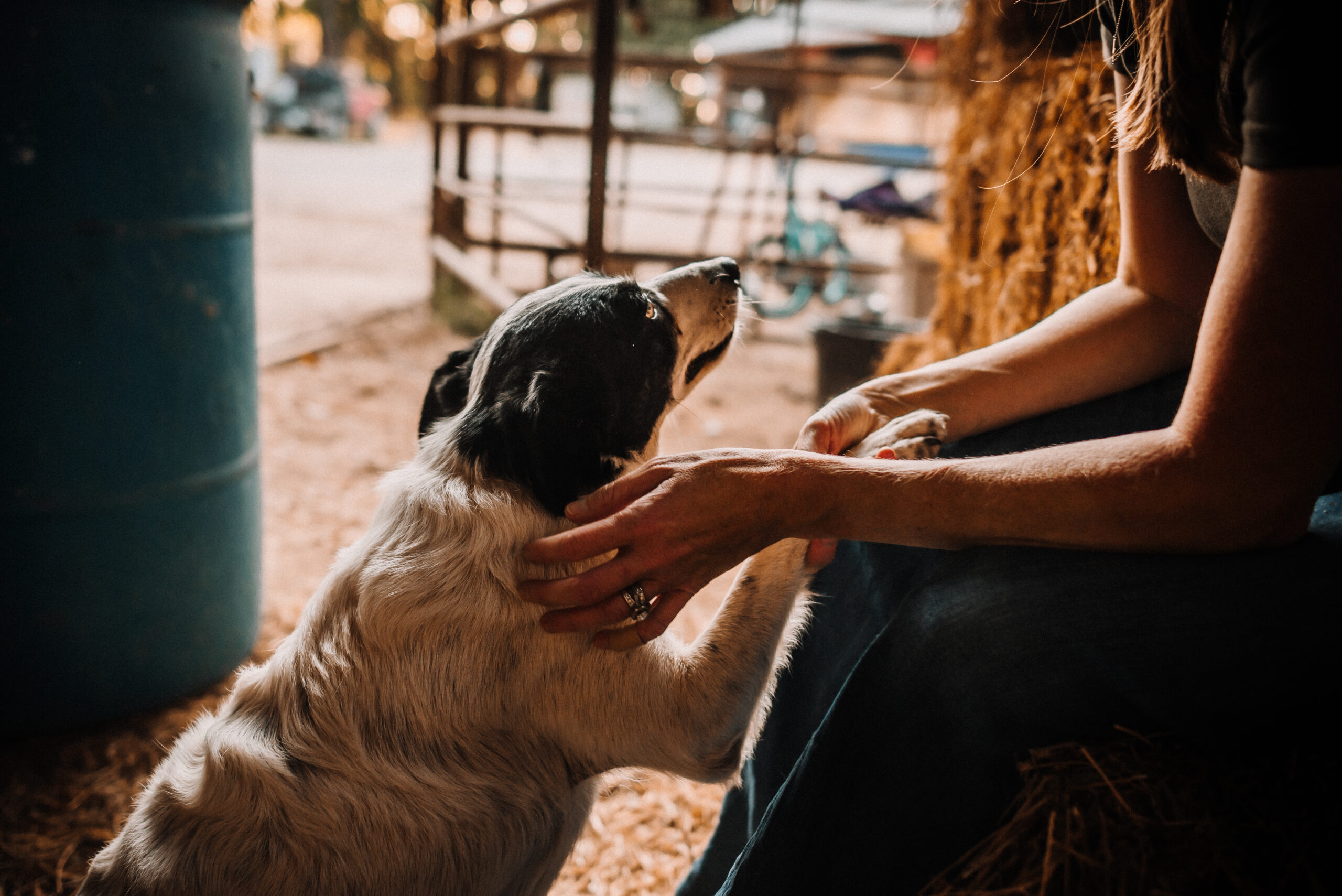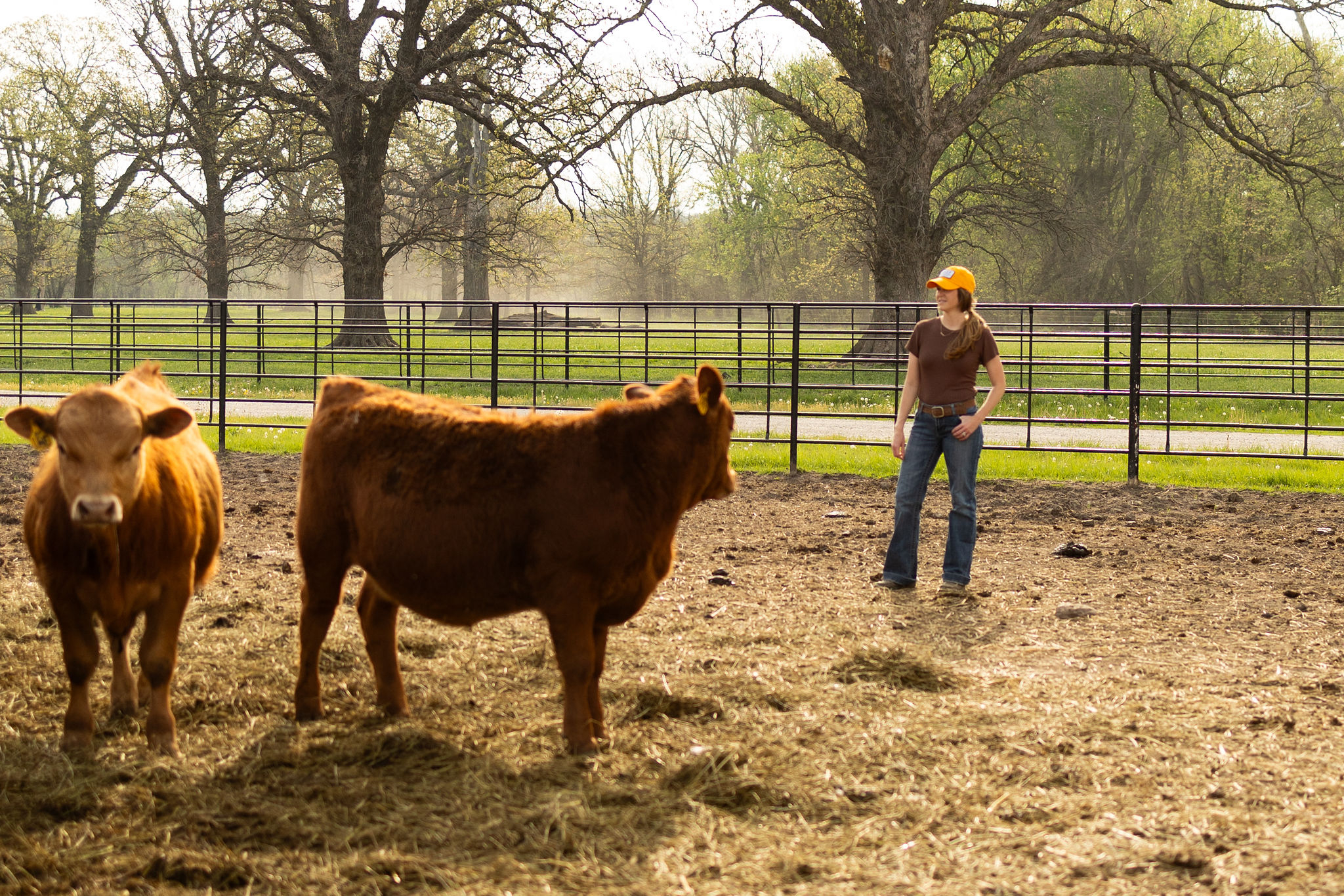The word “natural” inundates us from all angles. It shouts at us from food packaging, pharmacy aisles and even water bottles. In the marketing world, companies have made every effort to associate “natural” with “better” or “elite” but is that accurate? What about in farming and ranching? Is natural a.k.a. the way things happen in nature, always better?
It would be nice to think that we could keep everything natural, but that would be a bit barbaric, wouldn’t it? I mean, Dr. Temple Grandin is oft-quoted as saying, “Nature is cruel, but we don’t have to be.” I think that’s right on target.
For example, in cattle ranching, the natural way to raise cattle would be to let them tough it out on the prairie and deal with predators on their own. That’s how it was done a few hundred years ago. There were no fenced pastures or feedyards, so no protection from wolves, bears etc. Tough noogies.
There also was no daily feed crew. Cattle had to survive on what they could rummage up among the brush and weeds across the plains, desert, mountains, lowlands, swamps etc. And if it snowed, well, hopefully they were good diggers.
Truth is, there is nothing “natural” about the way we raise cattle today. Farming and ranching today depends on technology and science for us to be as efficient and productive as possible. Utilizing science and technology helps us be more sustainable by using fewer resources to raise more beef. Case in point:
- It’s not natural for me to feed our cows dried distiller’s grains (DDGs) in the winter. They are a by-product of ethanol production and since ethanol is a 20th century development and man-made, DDGs definitely aren’t natural. But that doesn’t make them bad. By feeding them to our cows in the winter, when the cattle have higher nutrient requirements and there is less to eat in pastures, we are providing our cattle with a high-energy, nutritious source of food. Additionally, by feeding the DDGs to our cows, we are cutting down on waste from the production of other goods. Win-win.

- Another unnatural phenomenon that most cattle farmers and ranchers practice is baling hay and the subsequent feeding of baled hay to cows in winter, or sometimes in early fall when there has been a drought. The natural thing to do would be to graze pastures continuously, however we like to make sure our hay stores will last us all winter so we utilize modern technology to mow, swath and bale hay. Furthermore, we use a DewEze bale bed to roll the hay out in the winter so that every cow has a chance to get a full belly and we can evenly distribute nutrients in the soil using excess litter from the bales and manure from the cows.
- Modern medicine isn’t just for humans, ladies and gentlemen. A couple hundred years ago, cattle didn’t receive regular vaccinations against respiratory illness nor did they receive antibiotics if they were to come down with a disease. By using these valuable technologies, we are able to raise healthy cattle and produce safe beef more efficiently. When the resources that go into raising cattle end up yielding beef, the end result is a sustainable protein that’s healthy and nutritious.

Need more evidence? A handful of other modern developments that are far from natural, yet contribute to healthy cattle, safe beef and a sustainable protein supply, are; automatic waterers, mineral supplements, growth implants, artificial insemination and EPDs (expected progeny differences). These modern developments are most certainly not natural, but they sure do make ranching more efficient, sustainable and profitable.
Remind me again what’s wrong about moving away from “natural” practices of a few hundred years ago?
Until next time,
~ Buzzard ~
Want posts in your inbox? Sign up on the homepage for automatic delivery – no spam emails, ever. Additionally, if you want a behind the scenes look at ranchlife, rodeo, parenting and all sorts of other fun stuff, follow my Instagram account @brandibuzzard.



